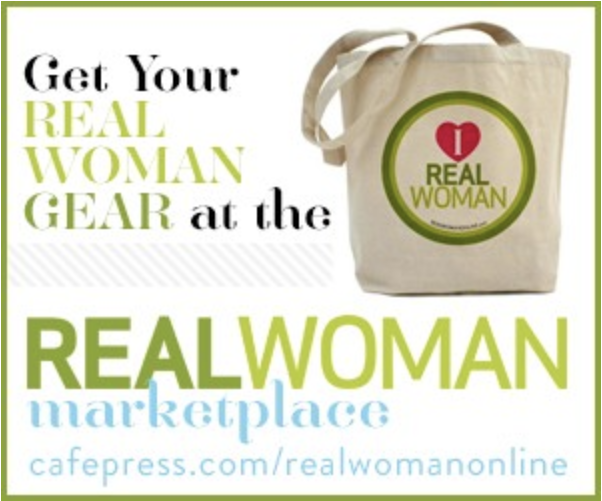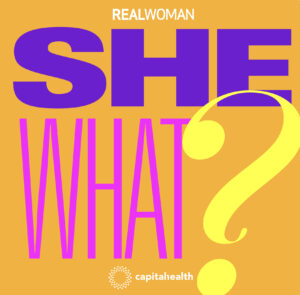For two decades, I’ve enjoyed flavored, non-dairy liquid creamer in my morning cup of coffee. I’ve always known it was a chemical soup and that it added more calories, but I figured it would be my one vice. Besides, the bottle says it has zero grams of trans-fatty acids, or trans fats—something I knew was important to avoid if I cared about my cardio health.
Now I’ve learned that a product can legally say it has no trans fat as long as the amount is .5 grams or less. If the item contains “partially hydrogenated vegetable oil,” you can bet it will contain that stealth level or close to it. I checked the labels on my four different flavors for calories and total fat per serving—35 and 1.5 grams, respectively. That doesn’t sound horrible, but a closer look at the label revealed that one serving equals one tablespoon. I grabbed a mug, poured the amount I usually use, and measured out the tablespoons.
Seven.
Seven tablespoons equals 10.5 grams of saturated fat…a likely 3.5 grams of trans fat. That means before I’m even out of my pajamas, I’ve consumed 10.5 grams of an artificial substance strongly linked to clogged arteries and heart disease, the leading cause of death in the United States… A food additive whose use could soon be stripped by the Food and Drug Administration (FDA) of its important classification as “generally recognized as safe” (GRAS). The independent Institute of Medicine declared there is no safe level of consumption of artificial trans fat. My 10.5 grams not only exceed the American Heart Association’s cautionary limit of less than 2 grams a day, but is as much trans fat as I’d ingest if I’d had 7 ounces of fried chicken strips.
The Foulest Fat
There are several kinds of fat found in food, some beneficial and some damaging. The good fats include “monounsaturated,” found in olive oil, peanut oil, canola oil, avocados, poultry, nuts, and seeds, and “polyunsaturated,” found in vegetable oils (safflower, corn, sunflower, soy, and cottonseed oils), nut oils (peanut oil), poultry, nuts, and seeds. These help create energy, estrogen and testosterone, vitamin D, and more. They have a role in insulin management (the mechanics behind diabetes) and controlling cell inflammation.
Health experts have long warned about bad dietary fats—an industrial product called trans fat, which is created when manufacturers tinker with the composition of certain oils, and saturated fats found in cheese, grain-based desserts, and animal products like sausage and bacon. Other sources of saturated fats include lard, butter, and tropical oils. The trouble comes from bad fats’ effect on cholesterol, a substance which can end up as a hardened plaque that builds up in coronary arteries and impedes blood flow; plaque can also break apart and cause a blockage that triggers a heart attack or stroke. Good fats aid high-density lipoproteins, or “good” HDL cholesterol. Bad ones can wreak havoc with low-density lipoproteins or LDL, the “bad” cholesterol.
Trans fat occurs naturally in small amounts in some meat and dairy products—what we derive from grazing animals. They get us in trouble when manufacturers add them to many foods to prolong shelf life and improve taste. On the read-it-and-weep list: chips, crackers, pie crusts, donuts, cookies, bread, cakes and other baked goods, candy bars, frozen dinners, fries, fast foods, microwave popcorn, refrigerated dough products such as rolls, pancakes and waffles, and biscuits and ready-to-use cake mixes and frosting.
On the Chopping Block
Last month, the FDA announced it was targeting the use of partially hydrogenated oils, or PHOs, in processed food. Their motivation: the Center for Disease Control and Prevention’s estimate that ridding diets of added trans fats could annually spare some 20,000 people coronary heart disease and prevent as many as 7,000 deaths.
The FDA didn’t announce an outright ban on added trans fat or partially hydrogenated vegetable oils. Their move was called a “preliminary determination” that TFAs are not GRAS.
Food manufacturers have until January 7 to comment on the proposal, including how long they would need to reformulate their products if partially hydrogenated oils are removed from the GRAS list. If the FDA rules that way, manufacturers would be prohibited from adding them without case-by-case permission.
No timetable for this decision has been set. It took four years for the idea of mandatory listing of trans fats on products’ Nutrition Fact labels to go from proposal (1999) to law (2003) and another three years until food companies had to comply. But the IOM’s verdict of “no safe levels” has given the matter urgency.
Take Action
So while trans fats still lurk out there, learn to limit your consumption by doing the following:
Scan every Nutrition Facts label before buying. If the trans fat content higher than zero, or do the words “partially hydrogenated” appear in the ingredients list? If so, step away or, if you must have it, choose a version with the lowest amount possible. This applies to margarine in particular: the soft spread in a tub likely has less trans fat than the stick form.
Compare brands, and monitor your favorites: Two cheddar baked snack crackers big with kids are a perfect example: The only discernible differences are in their shapes and trans fat content. Also, a product you give up might change its formula now that the heat is on.
Speak up. When you dine out, ask what kind of cooking oil they use. Some major fast-food and dine-restaurants have replaced theirs with a less harmful kind. Even if you don’t like the answer, you’ll put the restaurant on notice.






